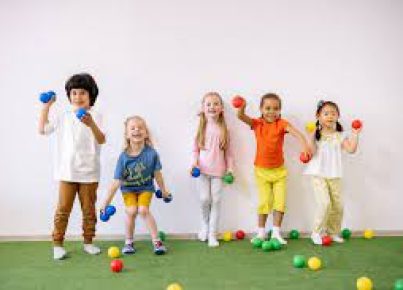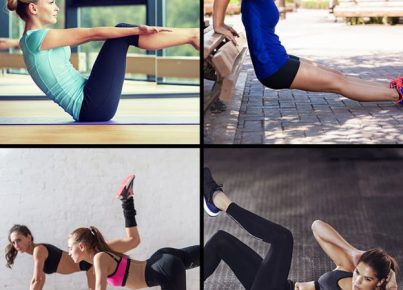With the arrival of National Physical Fitness and Sports Month, educators across the country are seeking innovative ways to incorporate more movement into their lessons. Movement doesn’t just promote physical health; it can enhance focus, memory, and cognitive function, making it a critical component for effective learning. Here are some creative strategies to get students moving throughout the school day:
1. Active Breaks: Build short, active breaks into your schedule. Have students stand up, stretch, or follow a quick exercise routine every 30 minutes to keep blood flowing and energy levels high.
2. Lesson-based Movement: Integrate physical activity into your lesson plans. For a math class, this could involve jumping jacks while counting or a scavenger hunt to solve problems placed around the room. For language arts, try vocabulary hopscotch or acting out stories.
3. Outdoor Learning: Whenever possible, take learning outside. The change of environment can be invigorating, and open space invites natural movement—whether it’s reading under a tree or conducting science experiments on the playground.
4. Movement-based Seating: Encourage fidgeting in a constructive way using seating options that allow movement, such as stability balls, wobble chairs, or standing desks.
5. Incorporate Technology: Use educational technology that requires physical interaction—like dance mats that double as input devices for answering quiz questions or virtual reality experiences that require body movements to navigate.
6. Classroom Layout: Arrange your classroom to encourage movement by creating clear pathways for students to walk through. Use stations around the room where students can rotate and engage in different activities.
7. Dance and Music: Incorporate dance and music related to your lesson content whenever appropriate. Music can set the pace for an activity and make repetitive tasks more enjoyable.
8. Sports as Teaching Tools: Use sports to teach concepts like statistics in math class or physics principles in science.
By consciously working to add these elements of kinetic learning into your curriculum during National Physical Fitness and Sports Month—and throughout the year—you’ll be promoting healthier habits and may even see an improvement in your students’ engagement and academic performance as they enjoy the many benefits of staying active during the school day.




